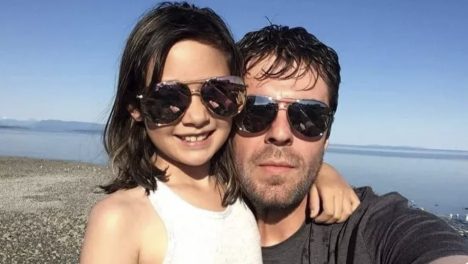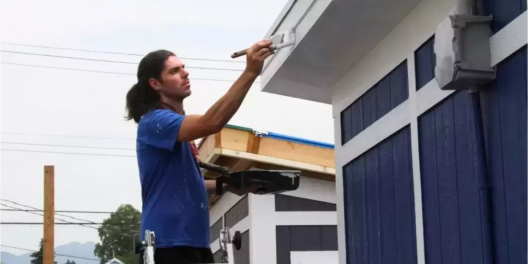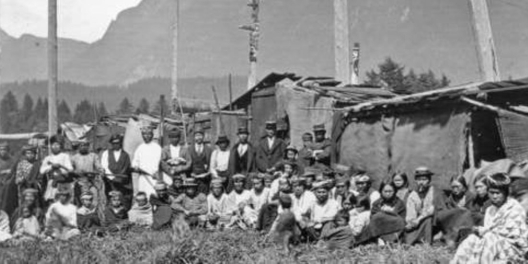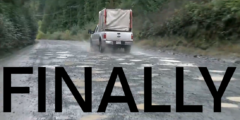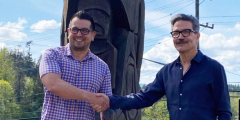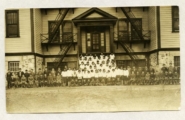It’s wild how much remarkable history is often stored in dusty old cabinets.
You’d expect to dig up carrots on a farm, not scholarly manuscripts.
But on Tea Creek Farm, a historical treasure trove hidden was waiting to be found.
The wild thing is that when workers stumbled on this goldmine while cleaning an old workshop, it almost ended up in a trash bin.
“Check out what our crew found in the workshop,” wrote Jacob Beaton, owner of the farm in Kitwanga, in a social media post. “It is an exciting discovery and reason to double-check before throwing old stuff away!”
What they found is known as “The Benyon Manuscripts.”
An extremely rare collection of microfilms from the 20th century which documented people speaking Sm’álgyax languages of BC’s Northwest.
These languages were almost entirely obliterated by colonization, and the manuscripts are one of the few documents that record how these languages were traditionally spoken.
William Beynon made the manuscripts, which are unique because, unlike most linguistic scholars of his time, Beynon was indigenous.
He was actually a Tsmishian chief at that.
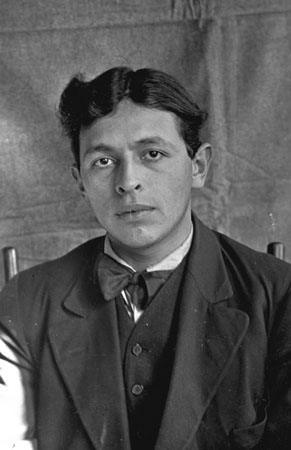

The historical work of many scholars who studied Indigenous cultures is now read “with a grain of salt,” Chelsea Geralda Armstrong, who runs her own Indigenous Studies lab, told West Coast Now.
“Beynon comes from this fascinating legacy of Tsimshian scholars,” she explained. These are “fundamentally sound texts” of the “Adawx,” or laws and history of peoples in the Northwest.
The manuscripts are copies of original documents held by museums in the US.
Their discovery has brought them back to Canada, where they can be utilized by nations here.
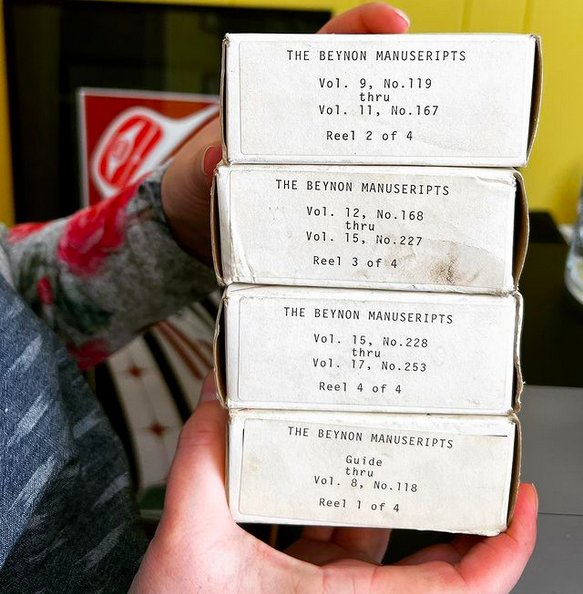

“We hope that the renewed interest in Beynon will lead to more efforts to make his critically important writings more available to Indigenous peoples,” said Jacob Beaton.
So how did they end up on the farm in the first place?
Beaton’s mother, Patricia Vickers, told CBC she was gifted the reels in 2006 while working on research for her Ph.D. in the US.
She didn’t have access to a machine to view them, and two years ago, she sent them, sight unseen, to her grandsons, Beaton’s children, because of their interest in Indigenous languages.
Jacob says he has reached out to the Royal B.C. Museum in Victoria to see if he can gather more information about the reels and determine if they’ve already been digitized.
If there isn’t a digital version, he told CBC he’d like to “somehow participate in seeing them digitized and a little more available, as appropriate.”
The boxes of microfilm are now in a safe box in a bank. “We are consulting, as time allows, with hereditary leadership, cultural knowledge-keepers, and other Indigenous peoples and considering next steps,” he said.
